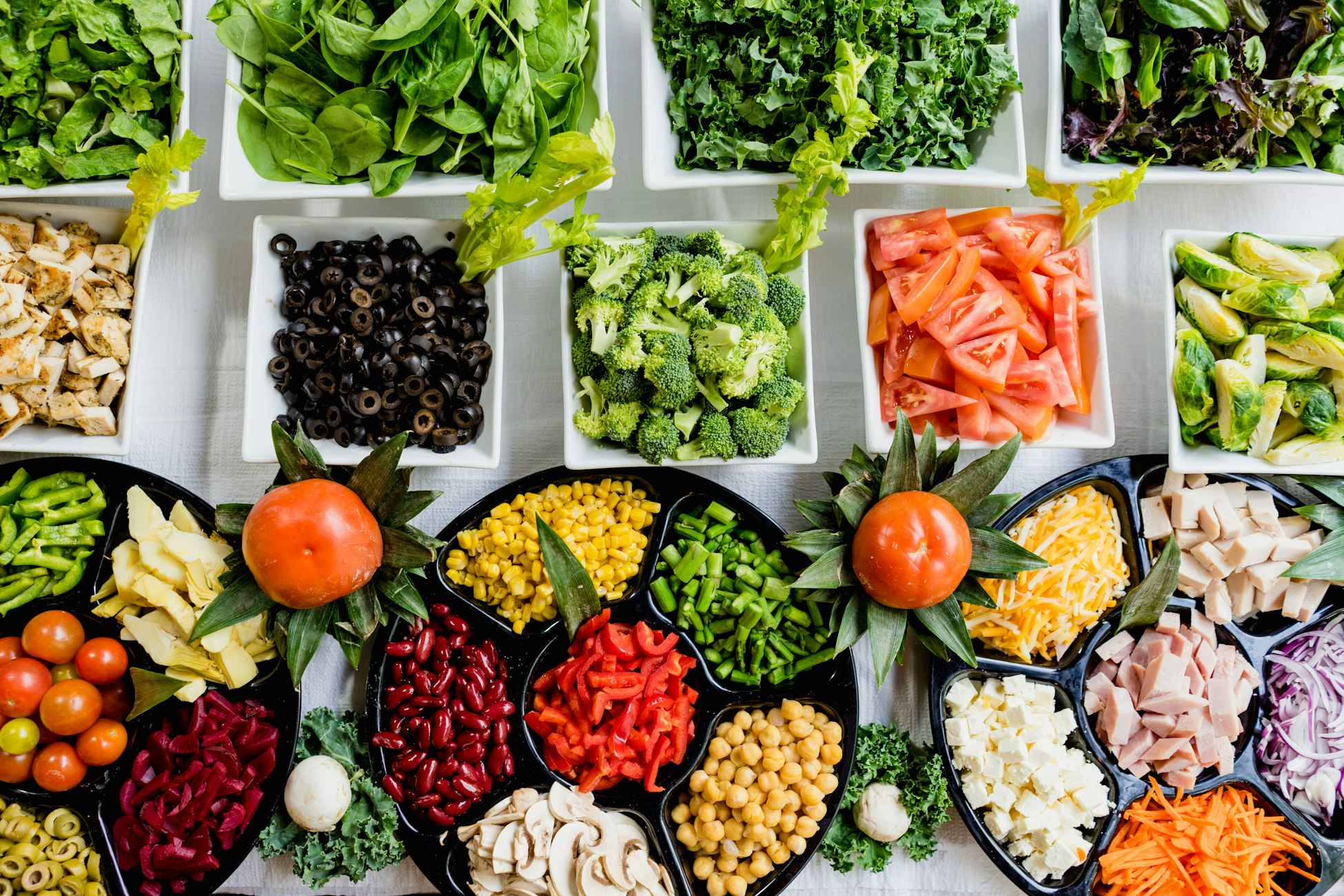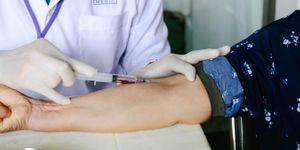Chronoprinting: Detecting Food and Drug Fraudulence
Food and drug fraud is a global problem often affecting individuals in low-income regions and jeopardize the health and lives of their consumers.
Detecting counterfeit or adulterated drugs and foods will not only save money but lives as well. Current fraud/fake detecting technological methods are expensive, energy-intensive, and largely unavailable other needed regions. To address this issue, researchers at the University of California engineered a simple new technique that can detect fake drugs from a video taken as the sample undergoes a disturbance.
The technique is called "chronoprinting” and is similar to online photo tools used in image analysis algorithms for categorizing photos. Chronoprinting can inexpensively and accurately distinguish between pure samples from samples of inferior food and medicines—it is the unique connection between chemistry and computer science. Specifically, pure samples had a reliable chronoprint over multiple tests versus adulterated samples that produced different chronoprints.
"The significant visual differences between the samples were both unexpected and exciting, and with them being consistent we knew this could be a useful way to identify a wide range of samples," says doctoral student, Brittney McKenzie.
Findings of chronoprinting are presented in ACS Central Science and supported by grants from the National Science Foundation.
"By basically converting a chemical sample to an image, we can take advantage of all the different image analysis algorithms that computer scientists have developed," says William Grover, an assistant professor of bioengineering in UC Riverside's Marlan and Rosemary Bourns College of Engineering. "And as those algorithms get better, our ability to chemically identify a sample should get better, too."
Learn more about chronoprinting:
Source: ScienceDaily









